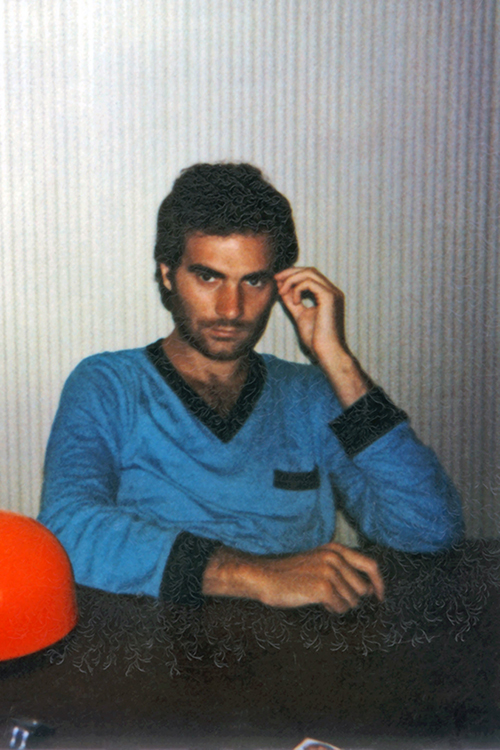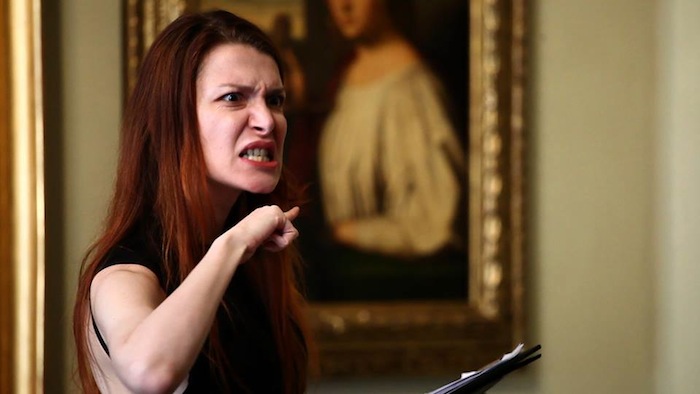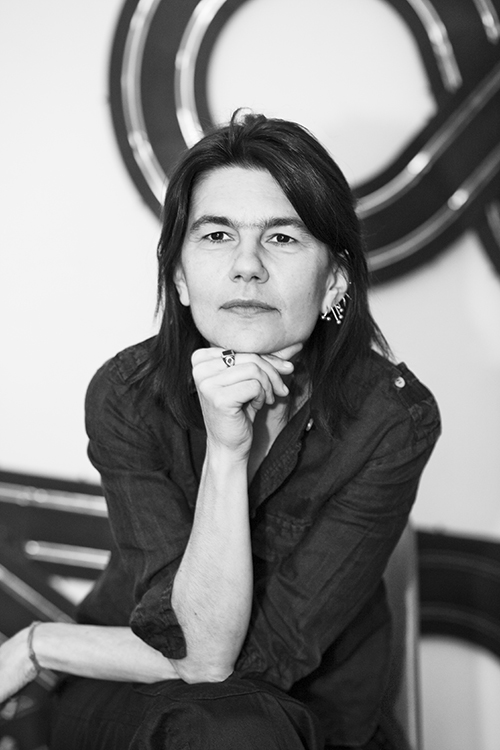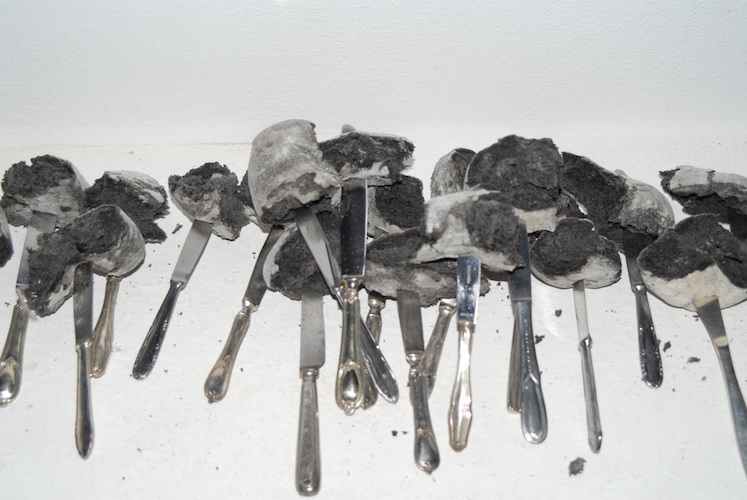Chiara Fumai (Rome 1978 – Bari 2017) was an Italian artist known for her performative and multi-media works featuring psychic abilities, anti-spectacle strategies and counterculture icons. She participated in dOCUMENTA(13) with The Moral Exhibition House: creating a space for feminist insurrection disguised as a freak show between Kassel’s Aueparke and the roof of the Fridericianum. She channelled the spirit of an Anonymous Woman in the historical art collection of the Querini Stampalia Foundation in Venice (I Did Not Say or Mean “Warning”, 2013) and created a fictional propaganda of Valerie Solanas’ S.C.U.M. Manifesto mirroring the first political campaign of Silvio Berlusconi (Chiara Fumai reads Valerie Solanas, 2013), with which she received the IX Furla Art Award. On the occasion of Contour 7, The Biennial of Moving Image, she rewrote the story of her live acts into a seance (The Book of Evil Spirits, 2015). In 2017 Chiara Fumai won the XIV Premio New York held by the Italian Ministry of Foreign Affairs and the Italian Ministry of Cultural Heritage. In May 2019 her work was exhibited at the Italian Pavilion on the occasion of the 58th Venice Biennale of Visual Arts.
Always refusing to be victimized, minoritized or diminished as a female artist, Chiara Fumai adopted the vocabulary of threat, offence, revolt, violence, vandalism and boredom to produce uncomfortable situations, collages, environments and actions in open opposition to the dominant discourses of Western patriarchy. Playing an ironical game of true fiction which appropriates the techniques of remixing and channeling, Chiara Fumai’s performative pieces evoke female figures who, with their courage and anger, marked human history just before being excluded: amongst them, bearded lady Annie Jones and Circassian beauty Zalumma Agra, German terrorist Ulrike Meinhof and illiterate medium Eusapia Palladino, philosopher Rosa Luxemburg and feminist writer Carla Lonzi. Her remarkable and peculiar gallery of portraits also included a few male presences like the illusionist Harry Houdini. Not to be forgotten is Nico Fumai, the first of her fictional personas and unique in having a biographical origin. With him, Chiara Fumai not only imagined a new profession for her father but also used her interest for Italo disco as a strategy to interpret a specific historical era as well as bringing together a number of different fields of research.
Chiara Fumai’s solo exhibitions include: ISCP, New York (2019); Rosa Santos, Valencia (2016); Museion, Bolzano (2015); Fondazione Querini Stampalia, Venice (2013); A Palazzo Gallery, Brescia (2013); Futura – Centre for Contemporary Art, Prague (2013); MACRO Testaccio, Rome (2011); and Careof – DOCVA, Milan (2008). Group exhibitions include: Tatjana Pieters, Gent (2017); David Roberts Art Foundation, London (2015); Contour 7 – A Moving Image Biennale, Mechelen (2015); Centro de Arte Dos de Mayo, Madrid (2015); Whitechapel Gallery, London; De Appel Arts Centre, Amsterdam; Nottingham Contemporary; Fiorucci Art Trust; SongEun Foundation, Seoul (all in 2014); MUSAC Museo de Arte Contemporáneo de Castilla y León, León (2013); dOCUMENTA (13), Kassel (2012); and the Nomas Foundation, Rome (2011). She won the Furla Art Award (2013) and the Premio New York (2016). International residencies include: International Studio & Curatorial Program (ISCP), New York (2017); Art Omi, Ghent, New York (2016) and Wiels, Brussels (2014).
www.chiarafumai.com





